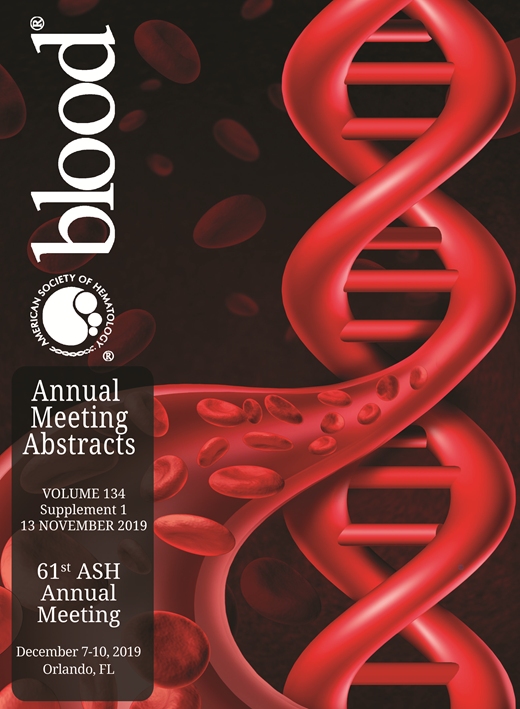Matrix metalloproteinases (MMPs) have been initially recognized for their role in degradation of extracellular matrix (ECM) and collagen remodeling. However, MMPs have been shown to play a crucial role in inflammation, tumor cell invasion, adaptive and innate immunity. Acute and chronic Graft versus Host Disease (GVHD) are characterized by distinctive histopathological features involving tissue infiltration with donor cells, tissue damage and remodeling. We therefore hypothesized that GVHD-associated organ damage may involve MMPs. We have now identified a novel immunomodulatory function for MMP-13 (alternatively called collagenase-3)and have uncovered a previously unknown role of MMP-13 in regulating GVHD.To address the function of MMP-13 in GVHD we first assesed the effect of MMP-13 on alloresponses in vitro. Using fully Major Histocompatibility Complex (MHC)-mismatched standard mixed lymphocyte reaction we demonstated that antigen presentig cells (APC) from B6.MMP-13-/-(H2b) mice led to signifcantly enhanced antigen-driven activation and proliferation of Carboxyfluorescein succinimidyl ester (CFSE)-labeled Balb/c responder splenocytes. Thus, MMP-13 deficiency in either splenocytes or bone marrow-derived dendritic cells used as stimulators resulted in enhanced proliferation, activation and IFN-gproduction in the allo-reactive lymphocyte responders. Similarly, exogenous MMP13 reduced proliferation of responder T cells as determined tested by CFSEdilution (CFSEloof CD4+T cells from 62.3% decreased to 40.6%, CFSEloof CD8+T cells from 74.1% down to 47.9%). We next assessed the impact of MMP-13 in vivousing fully MHC-mismatched rodent acute GVHD models. To study the role of host-derived MMP-13 we induced GVHD in B6.MMP-13-/-or B6.WT recipient mice following lethal TBI (1075 rad) using splenic T cells from Balb/cdonors. We observed signifcantly accelerated GVHD-related mortality (Median Survival Time 7 vs. 47 days post-transplant, p<0.05) in MMP-13-deficient recipients. Most importantly, donor T cells expanded more vigorously in the secondary lymphoid organs (Spleen and mesenteric lymphnoodes) of MMP13-/-compared to wildtype recipient mice (e.g. spleen: absolute donor CD4+Tcells 1.5x104± 7.3 x 103 (WT) vs. 5.83 x104±1.65 x104[MMP-13-/-] and CD8+5.5 x104± 3.8 x104(WT) vs 3.4 x105±1.4 x105[MMP-13-/-], p<0.01). Enhanced donor lymphocyte expansion was further confirmed by bioluminescence imaging. To further delineate the underlying mechanisms, we analyzed the effects of MMP-13deficiency and exogenous MMP-13 on maturation of mouse bone marrow derived-dendritic cells (BMDC) and macrophages in vitro. We noted decreased expression of inhibitory molecules PD-L1 and PD-1H on GM-CSF/LPS cultured BMDC. Similarly, bone marrow-derived MMP-13-/-macrophages also showed reduced PD-L1 and PD-1H expression upon LPS stimulation when compared to their WT counterparts. In summary we posit that recipient myeloid cell-derived MMP-13 mitigates GVHD and limits donor T cell expansion. Further studies are warranted to determine how MMP-13 suppresses expansion of donor T cells and impacts Graft-versus-Leukemia responses.
Lentzsch:Caelum Biosciences: Equity Ownership, Membership on an entity's Board of Directors or advisory committees; Bayer: Consultancy; Janssen: Consultancy; Takeda: Consultancy; Abbvie: Consultancy; Clinical Care Options: Speakers Bureau; Sanofi: Consultancy, Research Funding; Multiple Myeloma Research Foundation: Honoraria; International Myeloma Foundation: Honoraria; Karyopharm: Research Funding; Columbia University: Patents & Royalties: 11-1F4mAb as anti-amyloid strategy; Proclara: Consultancy; BMS: Consultancy.
Author notes
Asterisk with author names denotes non-ASH members.

